Kargo Makes CTV Moves with VIDAA Partnership in Europe
May 7, 2024
As seen on VideoWeek
Kargo this morning announced a new partnership with VIDAA, a smart TV operating system (OS), offering the ad tech firm’s video and display formats across Hisense TVs. The collaboration grants advertisers in Spain and Germany exclusive access to Hisense’s content selection portal, alongside other original equiment manufacturers (OEM) running VIDAA, including Toshiba, Loewe and NIKAI.
The direct-to-glass formats enable advertisers to reach audiences while they are selecting and browsing content across apps, according to Kargo, creating opportunities for high recall and engagement. These include the hero image banner, which appears within the content browsing interface, as well as a Living Room Takeover product that places a brand’s ad on every screen within the household – including TV, mobile and desktop.
“Direct-to-glass is an exciting new ‘lean-in’ advertising opportunity that unlocks new potential in on CTV,” said Ollie Clamp, VP Commercial Strategy & Operations EMEA at Kargo. “We’re excited to work with VIDAA USA to bring unique formats to this growth channel across two major European advertising markets. Together provide both incremental reach and incredible attention and performance with experiences never before seen by these audiences.”
“Partnering with Kargo on delivering native display inventory in Spain and Germany is another step for VIDAA in becoming the leading Smart TV platform,” added VIDAA USA CEO Guy Edri. “We’re all about finding the right partners in the right markets to deliver content or advertising on our platform, while we remain laser-focused on developing and deploying a state-of-the-art platform. A good user experience is a joint effort between VIDAA and hundreds of our partners across the globe. We could never do it alone. And we’re happy Kargo is becoming a key part of this story of success.”
The CTV takeover
The announcement continues Kargo’s push into CTV, while expanding its footprint across European markets. The company was founded in 2003 as a mobile advertising platform, before expanding across APAC and undertaking a run of acquisitions to build up its video capabilities. Now the business operates an omnichannel offering, and the new partnership with the OS running on one of the major OEMs is said to allow advertisers to reach highly engaged audiences.
“We see that people spend as much as six minutes trying to determine what they watch next, which provides a high amount of exposure and opportunity for engagement in an entirely new part of the big screen experience,” Michael Shaughnessy, Chief Operating Officer at Kargo, tells VideoWeek. “We plan to bring more formats to VIDAA soon. In the US, we’ve had significant positive performance with additional formats including takeovers and in-carousel designs.” He cites a campaign by Hersheys last year, whereby Kargo delivered ads directly onto the home screen of LG TVs, resulting in recall rates of 77 percent.
And Shaughnessy remarks that the move into CTV is not about redirecting money from mobile into TV, noting that consumer time spent with mobile is still growing. The two channels can therefore operate in tandem – and Kargo can leverage both at once in the form of cross-device takeover formats.
“As CTV ad types expand, the lines will blur across different channels,” comments Shaughnessy. “Budgets will flow in from different buckets of media spend based on the ad formats. For example, our direct-to-glass formats are more like display advertising and are more likely to pull in dollars from the digital display budget, and video is similar. The same could happen as commerce and social are added to CTV advertising.”
A guided approach
However, moving into such a fragmented ecosystem comes with its own set of challenges around measurement and standardisation. “CTV has a number of very large, entrenched players, and so rather than having defined the market like we did in mobile, we’re innovating within a market that already has some established forces at work,” says Shaughnessy. “CTV reinvents what advertisers can do with audiences on the big screen, with elements of targeting, interactivity and even commerce, but it’s all very new and there are few standards.”
This causes complexities for marketers planning CTV campaigns, with multiple ways to buy into the CTV ecosystem, from OEM deals to programmatic and publisher-direct buys. Shaughnessy also notes the explosion of free ad-supported streaming TV (FAST) channels, which now total around 1,200 channels in the EU5 alone.
But Kargo is entering the CTV space with the same approach it took to mobile, according to Shaughnessy, with a focus on creating innovative ad formats across curated content. This includes high levels of targeting (including show-level and scene-level capabilities), while providing transparency for advertisers navigating a complex planning environment.
“The mobile web was (and still is) an extremely fragmented space when Kargo first entered,” says Shaughnessy. “Kargo’s approach was to provide advertisers premium content alignment, transparency and innovative creative ad formats to help marketers deliver impact across Mobile Open Web. The same principles and philosophies that Kargo used to build its Mobile Open Web business are guiding Kargo’s approach to entering the CTV space.”
